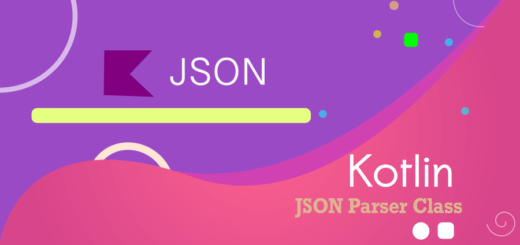Kotlin REPL in IntelliJ IDEA (Best Tool for Learning)
In the world of modern programming languages, Kotlin stands out as a flexible and clear language for creating strong and efficient applications. It has become very popular among developers all over the world because it works well with Java and supports Android. One great thing about Kotlin is its interactive shell called the Kotlin REPL (Read Evaluate Print Loop), which makes it even more appealing.
What is Kotlin REPL?
The Kotlin REPL, like many other languages’ REPLs (e.g., Python, Ruby), provides a read-eval-print loop for executing Kotlin code interactively. It allows developers to write and test Kotlin code on the fly, without the need for setting up an entire project or compiling code separately. Think of it as a playground where you can instantly experiment with Kotlin’s features and APIs, get immediate feedback, and fine-tune your code in real-time.
How to Access It?
REPL comes bundled with the distribution, making it readily available to developers. To access the REPL, you need to have the compiler installed on your system. You can also download the latest version of IntelliJ IDEA IDE for learning Kotlin language.

Open IntelliJ IDEA and Click on Tools menu and choose ‘Kotlin‘ and Select Kotlin REPL(Experimental) from sub menu. Note : The feature support is experimental. It may be slow or unstable.

It will open a new window, says “Welcome to Kotlin version 1.9.0-release-358 (JRE 13.0.1+9)”
You can type :help for help and :quit for exiting the IDE REPL.
To execute a line of code, you have to ⌘ (Command) + ↩ (Enter)

Welcome to Kotlin version 1.9.0-release-358 (JRE 13.0.1+9)
Type :help for help, :quit for quit
val sum = {num:Int -> num+1}
println(sum(4))
5Key Features of Kotlin REPL
1. Quick Feedback
One of the primary benefits of the IDE REPL is the immediate feedback it provides. As you type each line of code and press Ctrl + Enter / Command + Enter, the REPL instantly evaluates and executes it. This enables you to validate small code snippets, test functions, and experiment with language features without writing a full-fledged program.
2. Code walkthrough
It is an excellent tool for exploring Kotlin’s standard library and APIs. You can use it to browse classes, call functions, and experiment with different methods, all in a live environment. This exploration can significantly improve your understanding of Kotlin’s capabilities and how different components interact.
3. Learning Kotlin
For beginners learning Kotlin, the REPL can be an invaluable resource. It allows learners to see the immediate results of their code and helps them grasp concepts faster. Additionally, they can experiment with different code constructs and learn through hands-on experience.
So, the next time you’re looking to try out a Kotlin code snippet, explore a new library, or solve a programming puzzle, fire up the Kotlin REPL.



